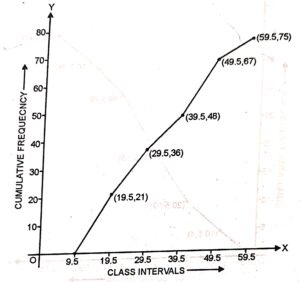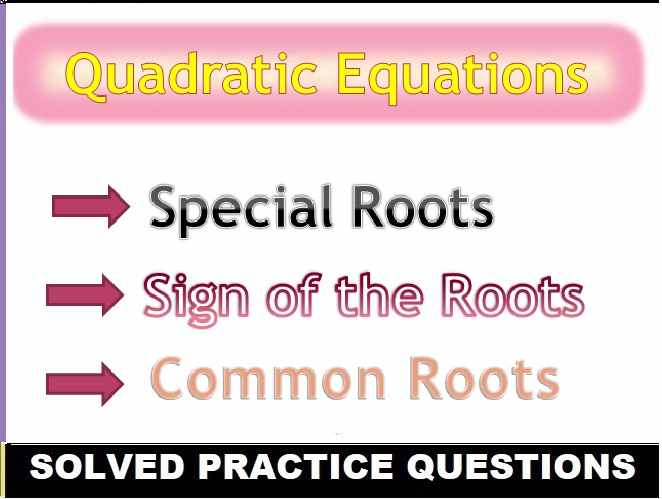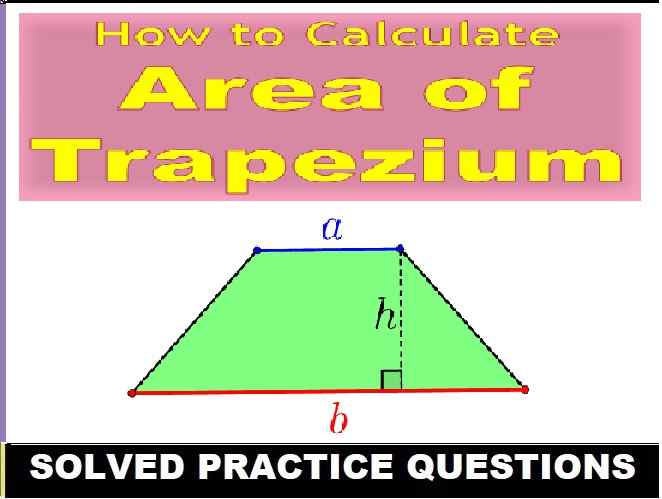Graphical Representation of Statics Data RS Aggarwal Goyal Prakashan ICSE Class-10 Chapter-24. RS Aggarwal Solutions of Graphical Representation of Statics Data Chapter 24 for ICSE Maths Class-10 is also called Goyal Brother Prakashan .
Therefore We are providing valuable and important information for RS Aggarwal ICSE Class-10 Maths. . So Our solution is famous is not only in India but also across the globe since decade and students can achieve their goal in next exams of ICSE Class-10.
| Board | ICSE |
| Publications | Goyal brothers Prakshan |
| Subject | Maths |
| Class | 10th |
| Chapter-24 | Graphical Representation of Statics Data |
| Writer | RS Aggrawal |
| Book Name | Foundation |
| Topics | Solution of Exe-24 |
| Academic Session | 2021-2022 |
Graphical Representation of Statics Data ICSE RS Aggarwal Chapter-24 Class-10 ICSE
Step by Step Solutions of Chapter-24 Graphical Representation of Statics Data is given to understand the topic clearly . Chapter Wise Solution of R S Aggarwal including Chapter -24 is very help full for ICSE Class 10th student appearing in 2020 exam of council. .visit official website www.cisce.org for more information.
Note:- Before viewing Solution of RS Aggarwal Goyal Brother Prakashan Solution. Read the Chapter Carefully .Then solve all example of your text book with formula and concept of ICSE Class 10 Math.
Practice Previous Year Solved Question Paper ICSE Board to enhance the confidence in more effective way. The Practice of solving ICSE Specimen Sample Paper for Class-10 Exam of Council Maths is also a best way to gain skill.
EXERCISE- 24 Goyal Brother Prakashan Graphical Representation of Statics Data ICSE Class-10
Page 336
Question 1
Draw a histogram to represent the following data .
| Mark obtained | 0 – 10 | 10-20 | 20-30 | 30-40 | 40-50 | 50-60 |
| No. of student | 4 | 7 | 12 | 20 | 9 | 2 |
Answer 1
We take marks obtained on x-axis and no. of students on y-axis. Histogram of the given data is –

Question 2
Draw a histogram to represent the following data .
| Pocket Money | 150-200 | 200-250 | 250-300 | 300-350 | 350-400 |
| No. of student | 10 | 5 | 7 | 4 | 3 |
Answer 2
Histogram is –

Question 3
Construct a histogram ………….. distribution :
| Class-interval | 5 – 12 | 13-20 | 21-28 | 29-36 | 37-44 | 45-52 |
| Frequency | 4 | 7 | 12 | 20 | 9 | 2 |
Answer 3
Given class interval in exclusive from and then we will draw the histogram –
Data is exclusive from-


Question 4
The following table shows the number of illiterate persons in the age group in a town .
| Age-group | 10-19 | 20-29 | 30-39 | 40-49 | 50-59 | 60-69 |
| No. of illiterate persons | 50 | 125 | 190 | 275 | 340 | 410 |
Draw the histogram to represent the above data.
Answer 4
The give data write in exclusive form and then represent it in histogram as given below.

In exclusive form –
Question 5
Draw a histogram to represent the following data .
| Class Mark | 150 | 160 | 170 | 180 | 190 | 200 |
| Frequency | 15 | 28 | 12 | 36 | 8 | 18 |
Draw the histogram to represent the above data.
Answer 5
Here, h = 160 – 150 = 10
Then,

Question 6
In a study of diabetic patients in a village, the following observation were noted .
| Age in year | 10-20 | 20-30 | 30-40 | 40-50 | 50-60 | 60-70 |
| No. of patients | 2 | 5 | 12 | 19 | 9 | 4 |
Represent the above data by a frequency polygon.
Answer 6
Represent the above data by a frequency polygon –

We plot the following points on the graph : (5, 0), (15, 2), (25, 5), (35, 12), (45, 19), (55, 9), (65, 4) and (75, 0) and join them to form a frequency polygon as given below :

Question 7
The ages of 360 patient treated in a hospital on a particular day are given below .
| Age in year | 10-20 | 20-30 | 30-40 | 40-50 | 50-60 | 60-70 |
| No. of patients | 90 | 40 | 60 | 20 | 120 | 30 |
Draw a histogram and a frequency polygon on the same graph to represent the above data.
Answer 7
We plot the following points on the graph : (5, 0), (15, 90), (25, 40), (35, 60), (45, 20), (55, 120), (65, 30) and (75, 0) and join them to form a frequency polygon :

Question 8
Draw a histogram and the frequency polygon from the following data .
| Class-interval | 20-25 | 25-30 | 30-35 | 35-40 | 40-45 | 45-50 |
| Frequency | 30 | 24 | 52 | 28 | 46 | 10 |
Answer 8
We plot the following points on the graph :
(17.5, 0), (22.5, 30), (27.5, 4, 24), (32.5, 52), (37.7, 28), (42.5, 46), (47.5, 10) and (52.5, 0) and join them to form a frequency polygon :

Page 337
Question 9
Draw a histogram for the following data .
| Class-interval | 600-640 | 640-680 | 680-720 | 720-760 | 760-800 | 800-840 |
| Frequency | 18 | 45 | 153 | 288 | 171 | 63 |
Using the histogram, draw the frequency polygon on the same graph.
Answer 9
The given data with class mark of each class interval :
First we draw a histogram, then polygon.

Now, plotting the mid points –

Question 10
Draw a ogive to represent the following data .
| Class-interval | 400-450 | 450-500 | 500-550 | 550-600 | 600-650 | 650-700 | 700-750 |
| Frequency | 16 | 25 | 40 | 32 | 18 | 27 | 9 |
Answer 10
The table in cumulative frequency form,

Now, plot the point (450, 16), (500, 41), (550, 81), (600, 113), (650, 131), (700, 158) and (750, 167) on the graph and join them in free hand to get an ogive as shown in the figure.

Question 11
Draw an ogive for the following frequency distribution .
| Marks obtained | Less than 10 | Less than 20 | Less than 30 | Less than 40 | Less than 50 |
| No. of student | 8 | 23 | 43 | 50 | 64 |
Answer 11
The cumulative frequency table :

Plot the point (10, 8), (20, 23), (30, 43), (40, 50) and (50, 64) on the graph and join them to from an ogive.

Question 12
Draw an ogive for the following frequency distribution .
| Class-interval | 10-19 | 20-29 | 30-39 | 40-49 | 50-59 |
| Frequency | 21 | 15 | 12 | 19 | 8 |
Answer 12
Class interval in exclusive form and cumulative frequency is –

Now, plot the point (19.5, 21), (29.5, 36), (39.5, 48), (49.5, 67) and (59.5, 75) on the graph and then by joining them to get an ogive as shown-

Question 13
Draw a ogive …………………… following data .
| Class-interval | 1-10 | 11-20 | 21-30 | 31-40 | 41-50 | 51-60 |
| Frequency | 4 | 6 | 8 | 11 | 7 | 5 |
Answer 13
Class interval in exclusive form and cumulative frequency is –

Now, plot the point (10.5, 4), (20.5, 10), (30.5, 18), (40.5, 29), (50.5, 36) and (60.5, 41) on the graph and then by joining them to get an ogive as shown-

Return to :- RS aggarwal Goyal Brothers Maths Solutions for ICSE Class-10
Thanks
Please share with your friends



Why arent some chapters’ solution not posted…………………….PLS POST
ok